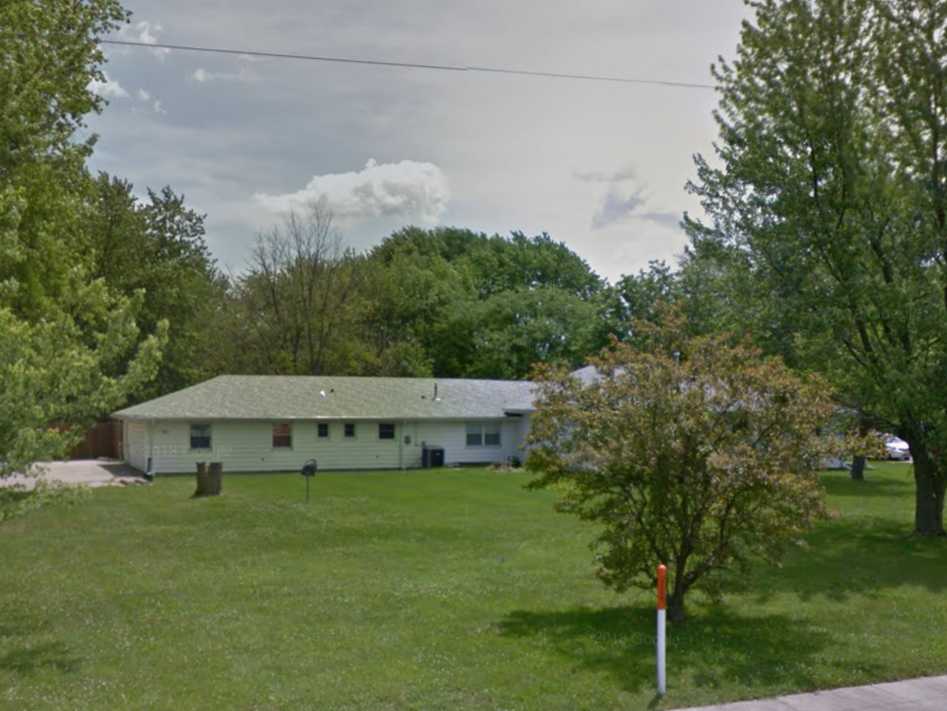
24-hour crisis hotline:
1-888-345-3990
Housing:
HOPE maintains two housing programs. Domestic violence emergency shelter, and transitional housing. The DV shelter can house up to 24 clients, and there are ten transitional housing units. IDVA Advocacy- HOPE staff accompanies individuals to and from court appointments, explain the Illinois Domestic Violence Act, and assist clients with orders of protection.
Children's Advocacy- HOPE provides children's activities including individual and group counseling, educational recreation, and advocacy. Community Advocacy- HOPE staff supports and accompanies clients to other community based social service agencies. Counseling- Supportive counseling is offered in both individual and group settings for those affected by domestic violence. Community Education- Provides information of family violence and homelessness to community organizations, clubs, and schools. Transportation- Emergency transportation is provided to victims fleeing an abusive situation, to court hearings, and/or other community-based agencies. Abuser Intervention Programs- HOPE works cooperatively and provides consultation to organizations providing intervention for men convicted of domestic battery. Referrals- Connections to other community based services through means of speaking presentations, and crisis intervention. Walk-in program- Support groups and services are provided for those not in need of emergency shelter. Accessibility - HOPE facilities meet the requirements of the Americans with Disabilities Act. Hope of east central illinois serves coles, clark, cumberland, douglas, edgar, moultrie, and shelby counties.
All services provided by HOPE of East Central Illinois are free and confidential.
Their administrative office is located near the courthouse square in Charleston.
They also have an office in Paris.
They do not disclose the location of the shelter due to safety issues.
The shelter is very similar to any home.
They have bedrooms, a kitchen, living room etc, toys, a TV, books, etc.
They strive to make the shelter as comfortable and supportive as possible.
They can house 22-24 people, including children, at any given time.
Sometimes they may have only a few; it's often a fairly crowded place.
